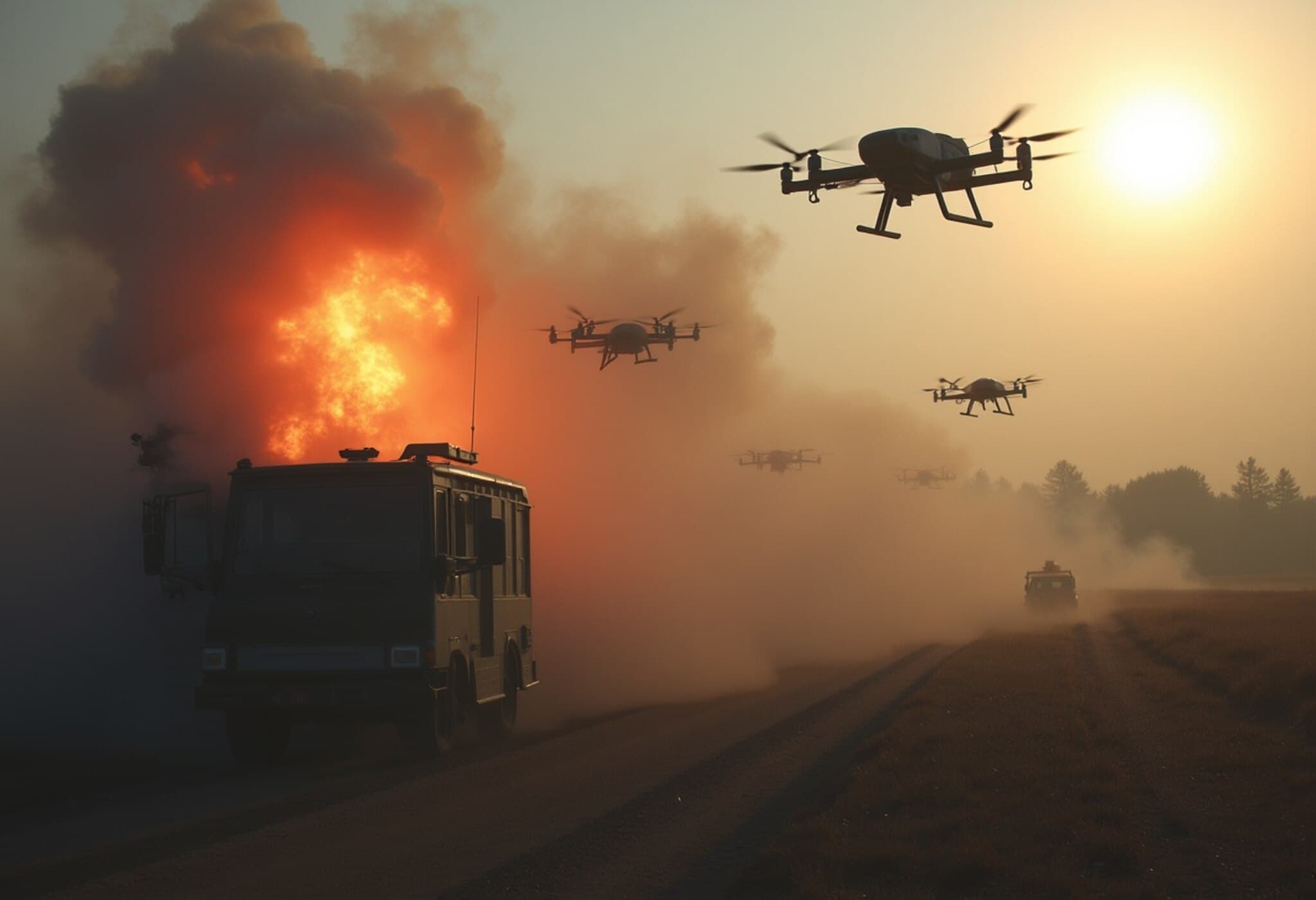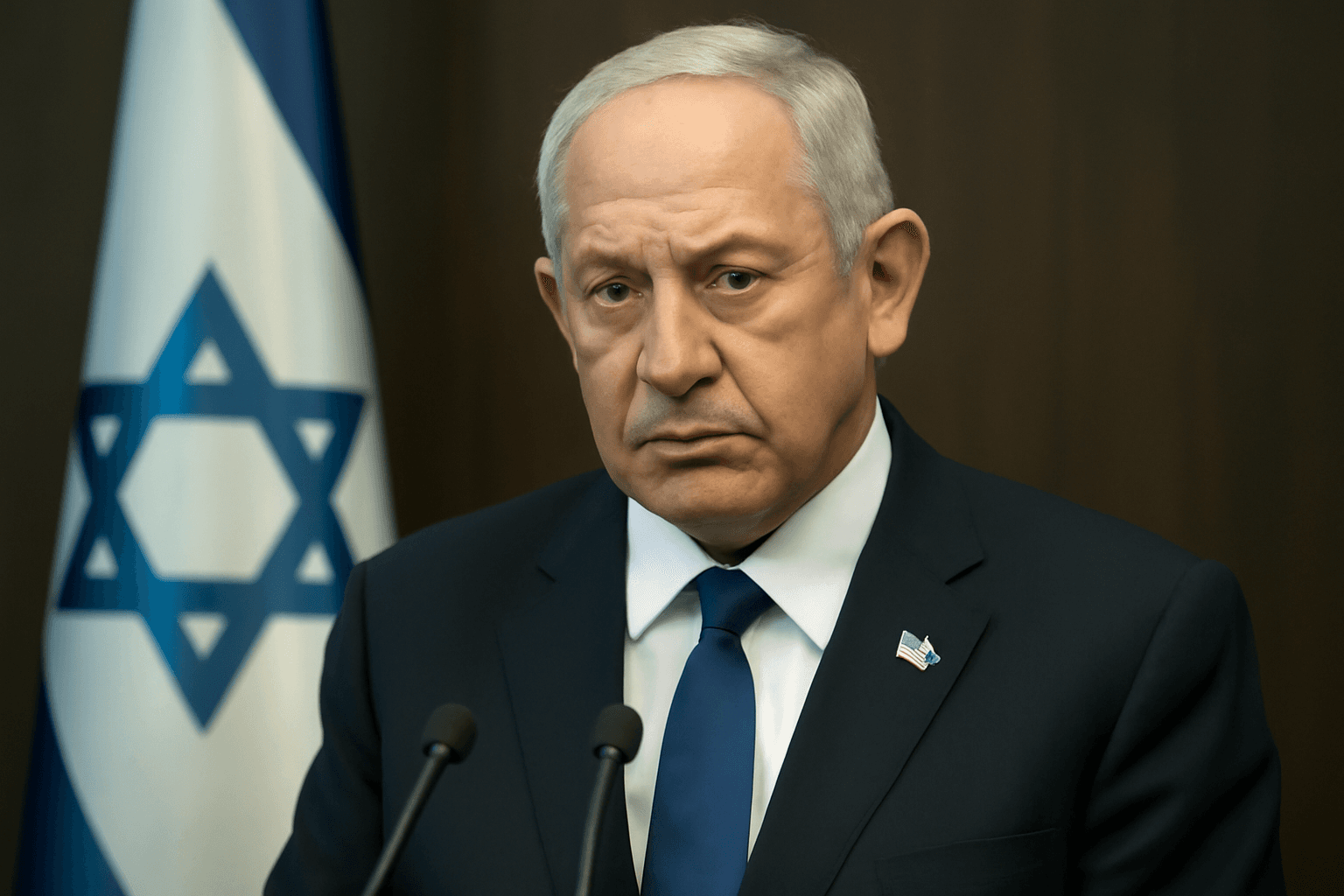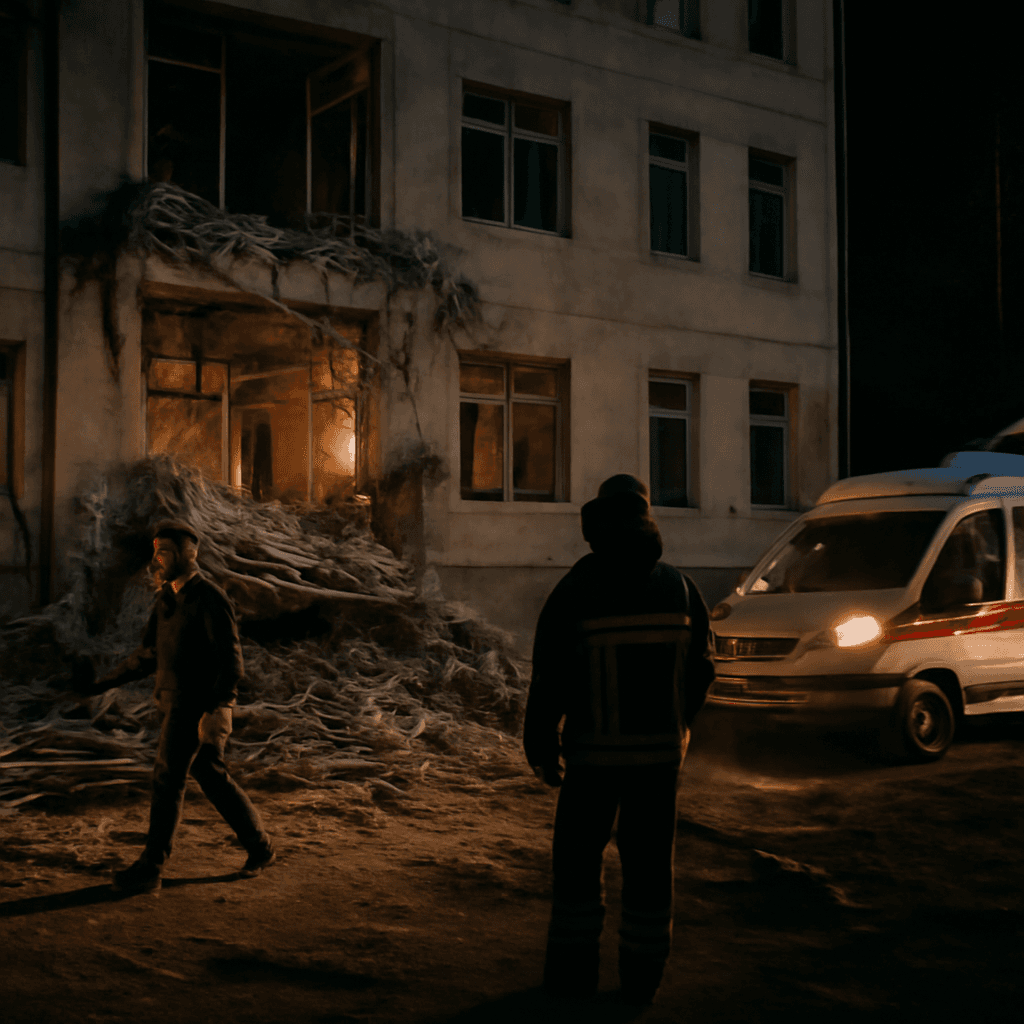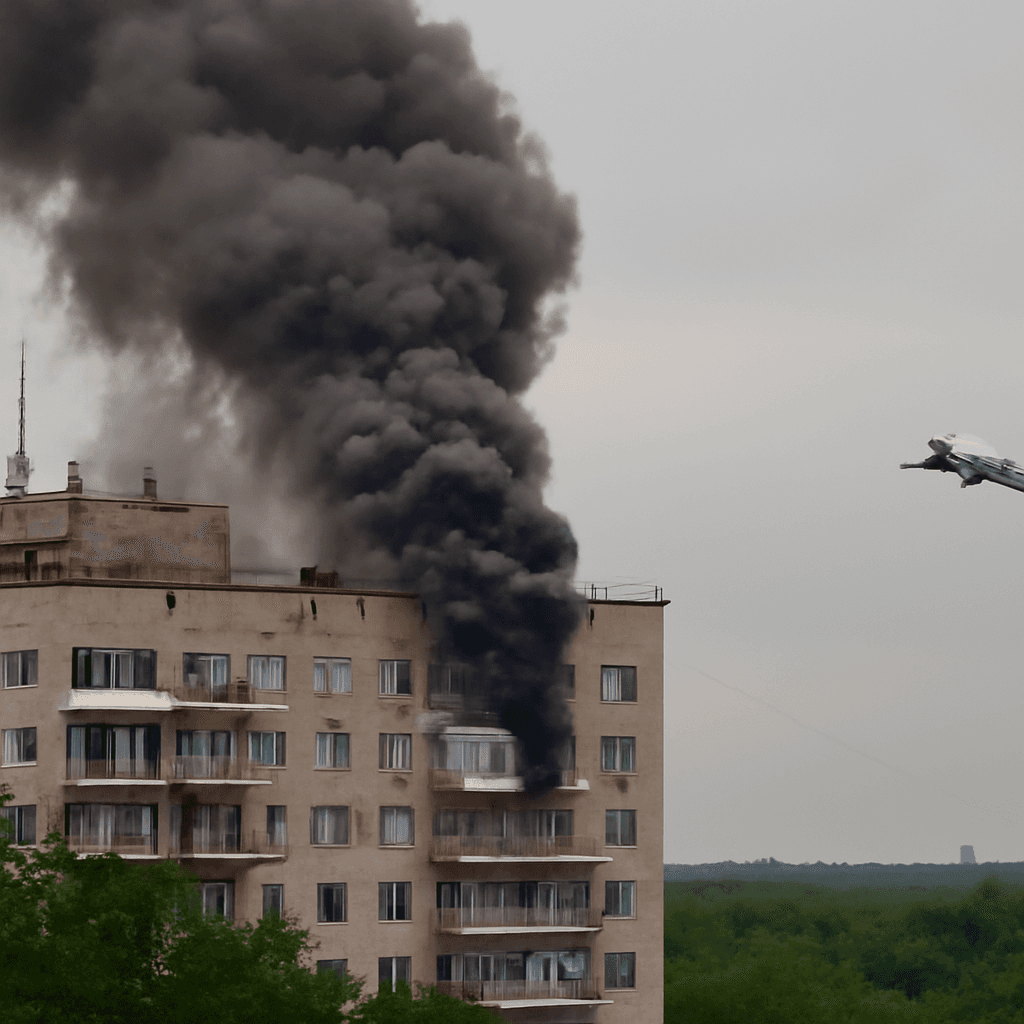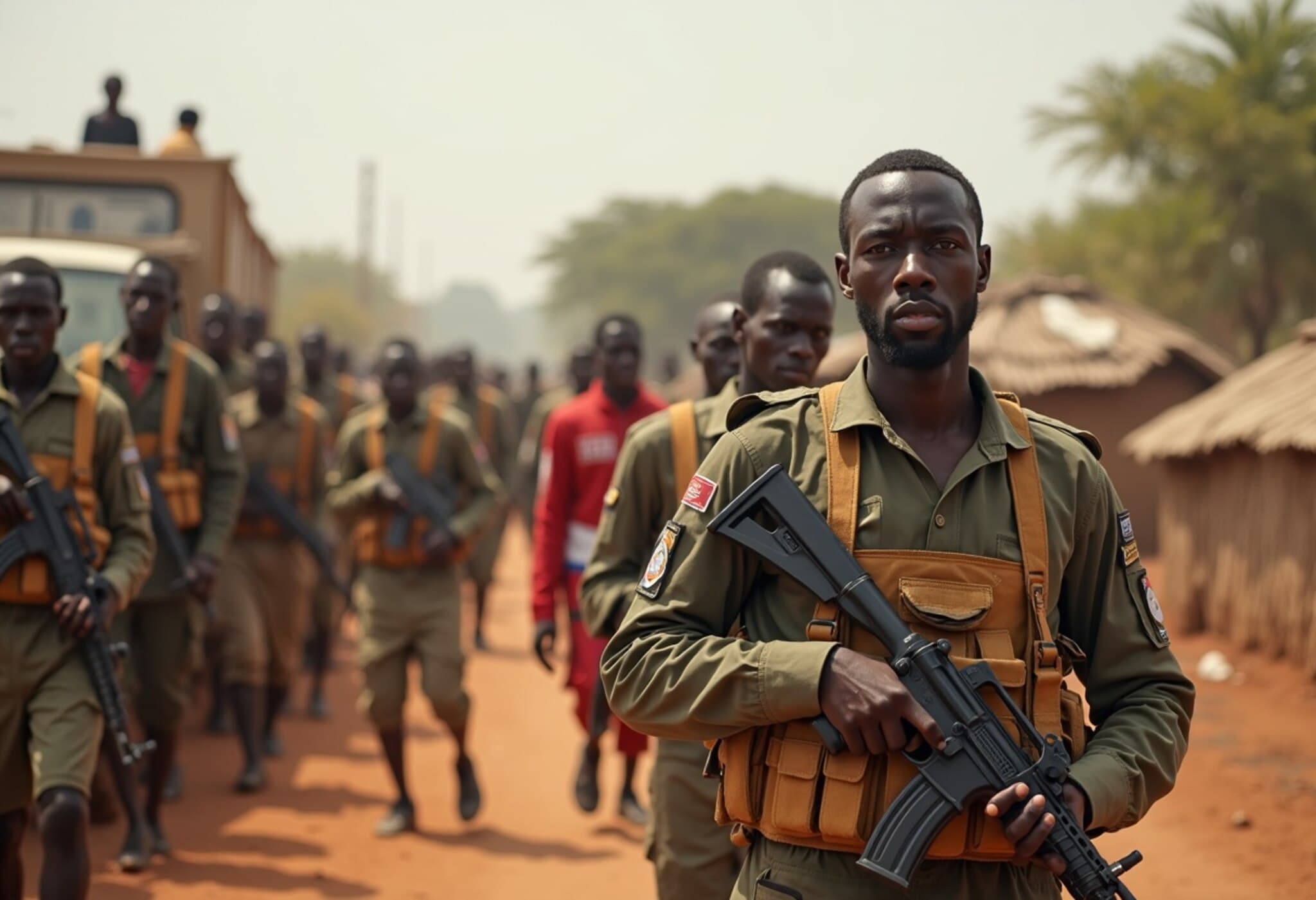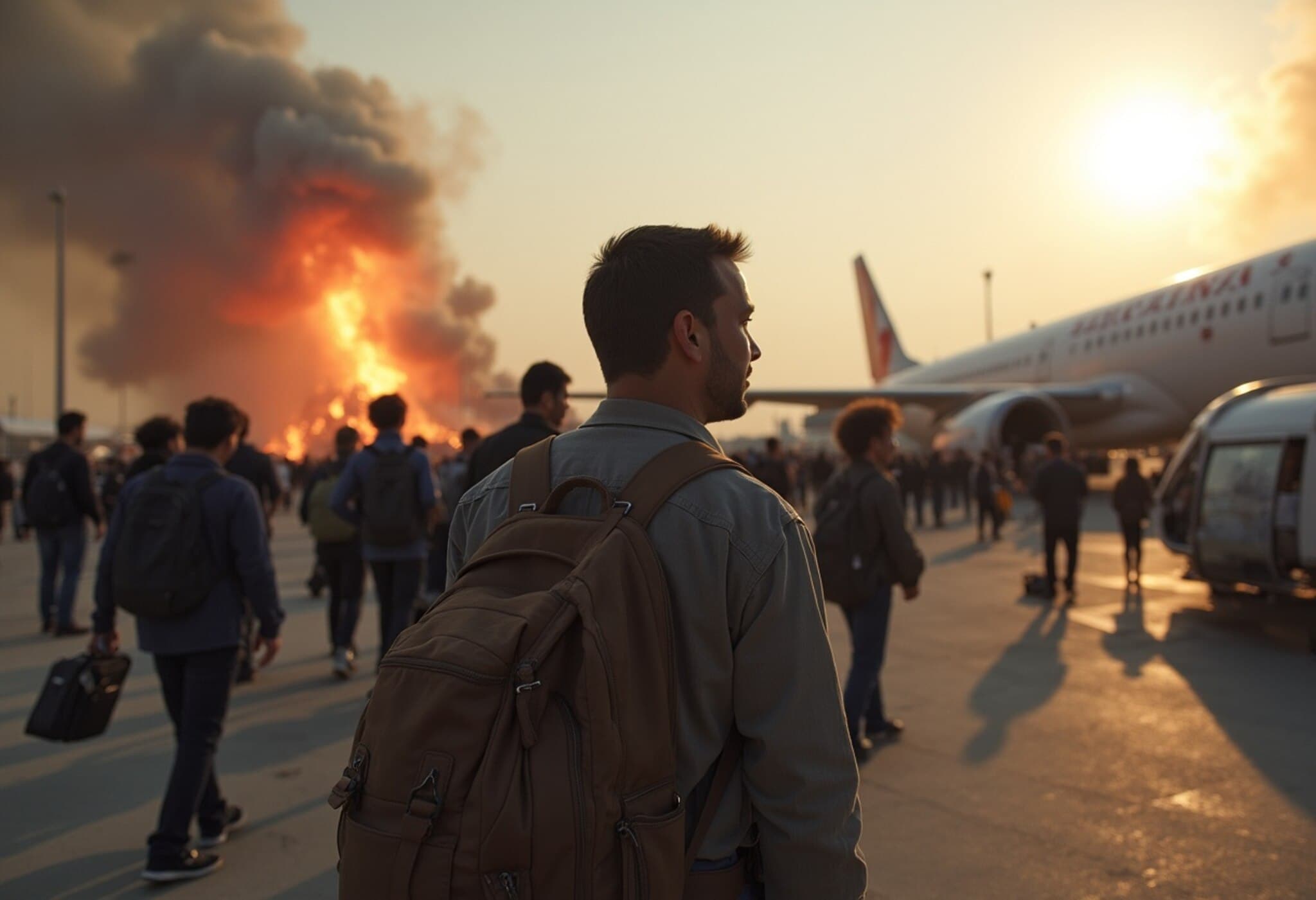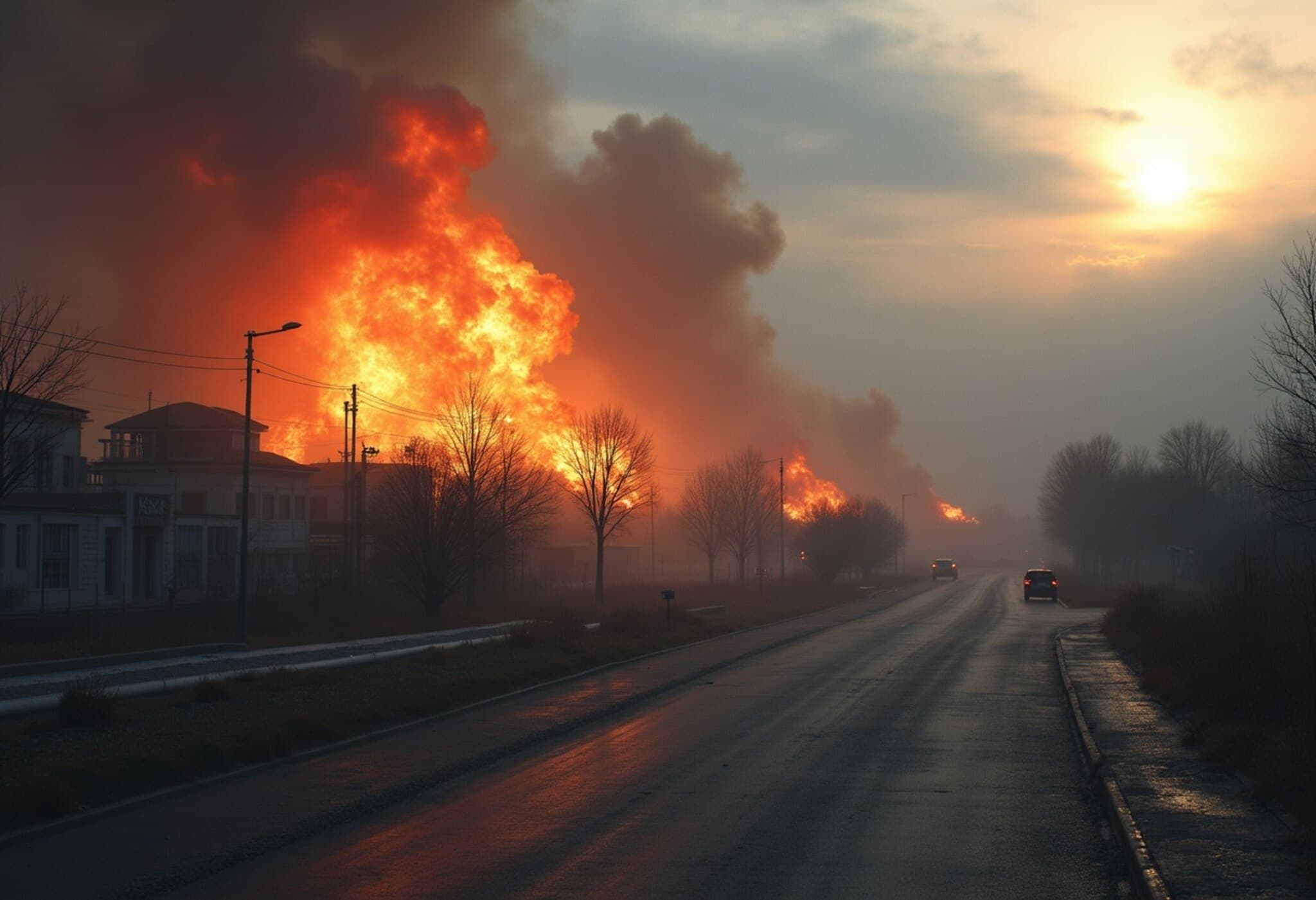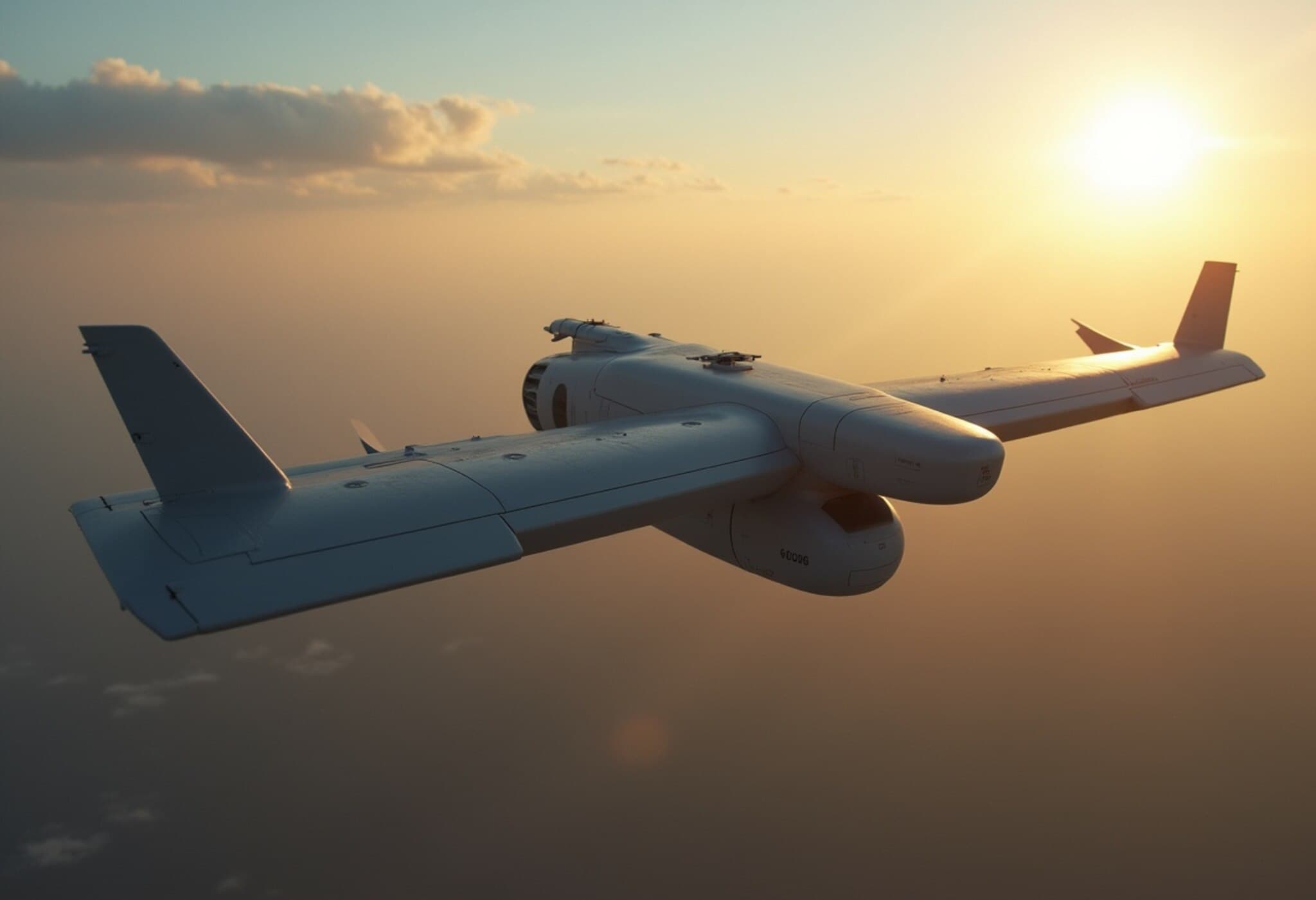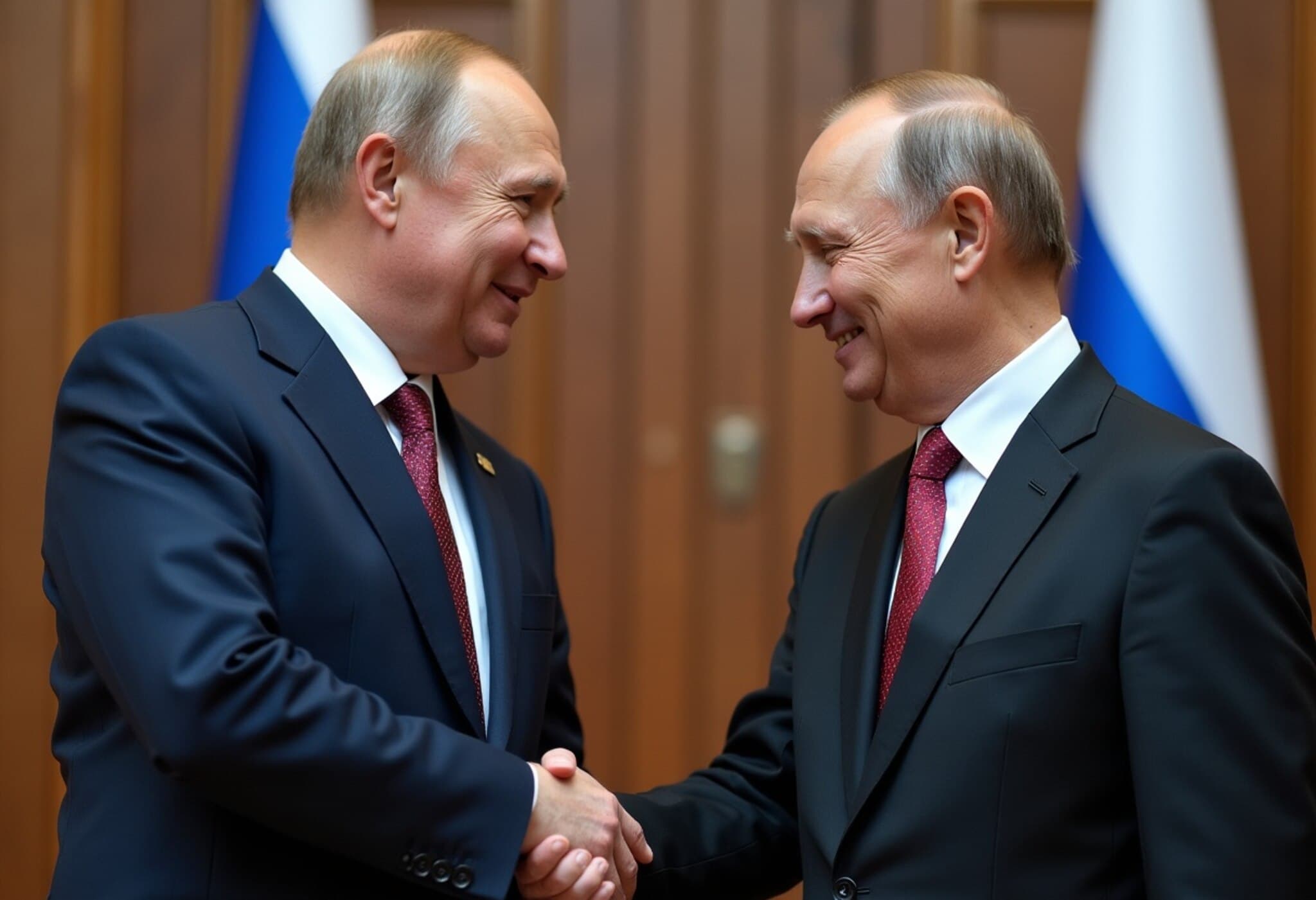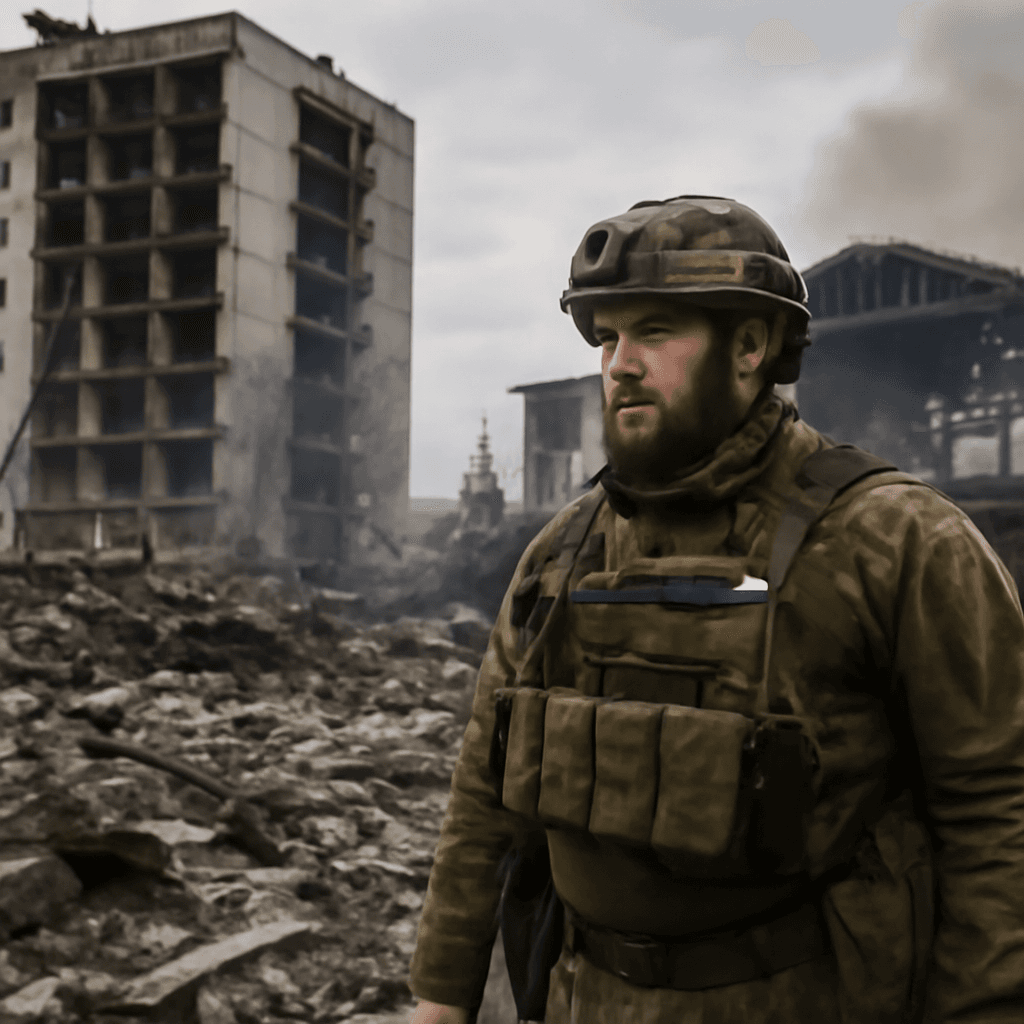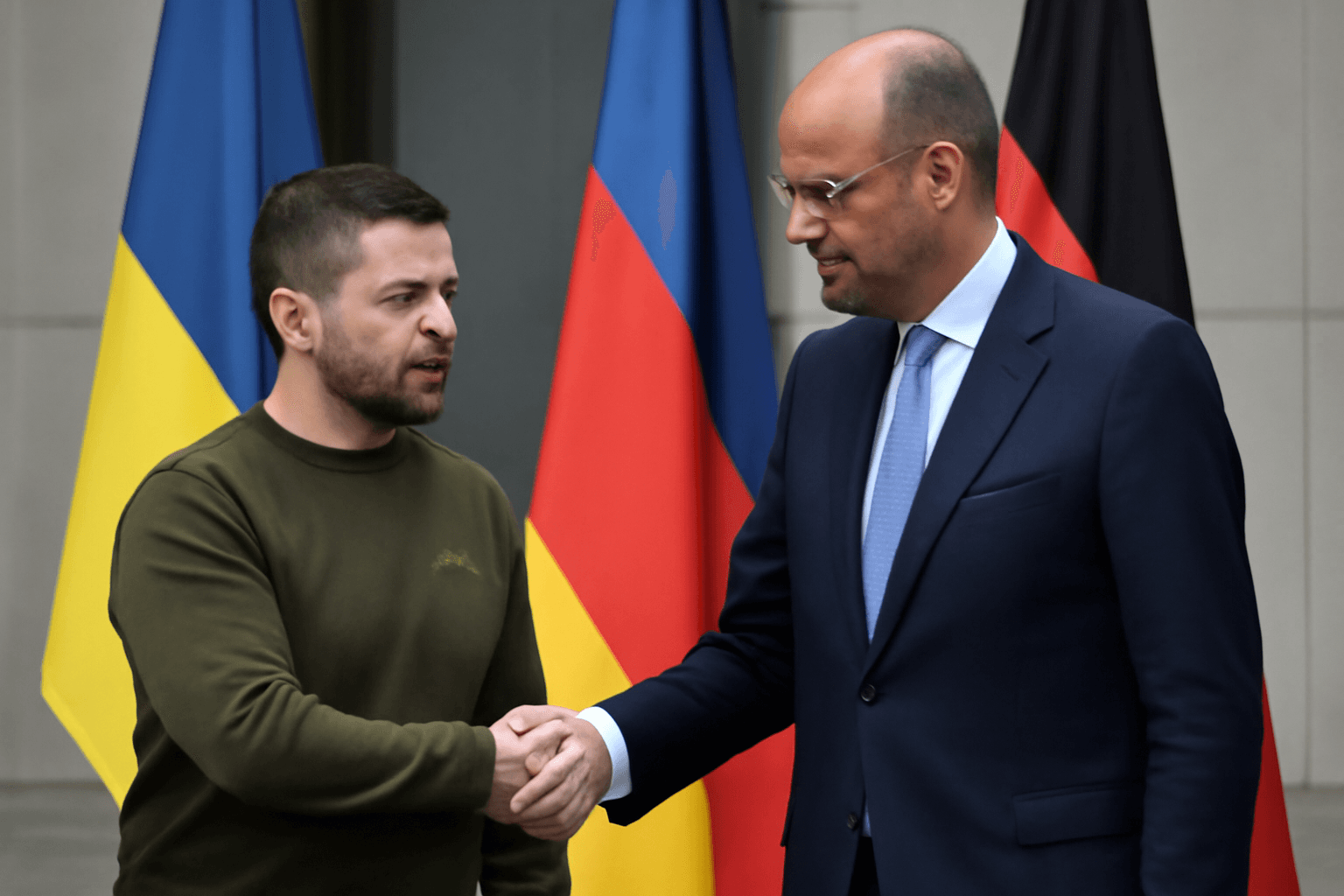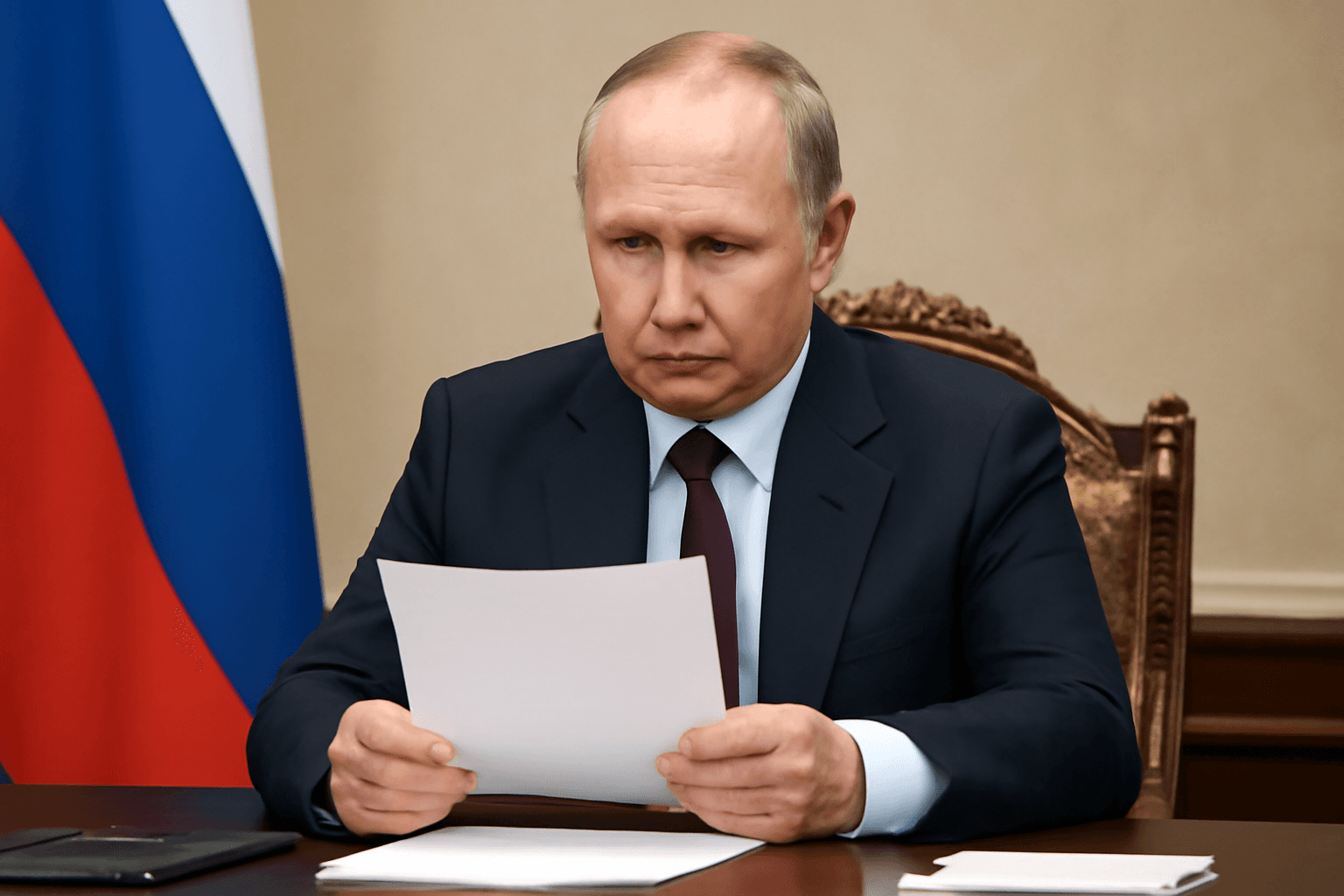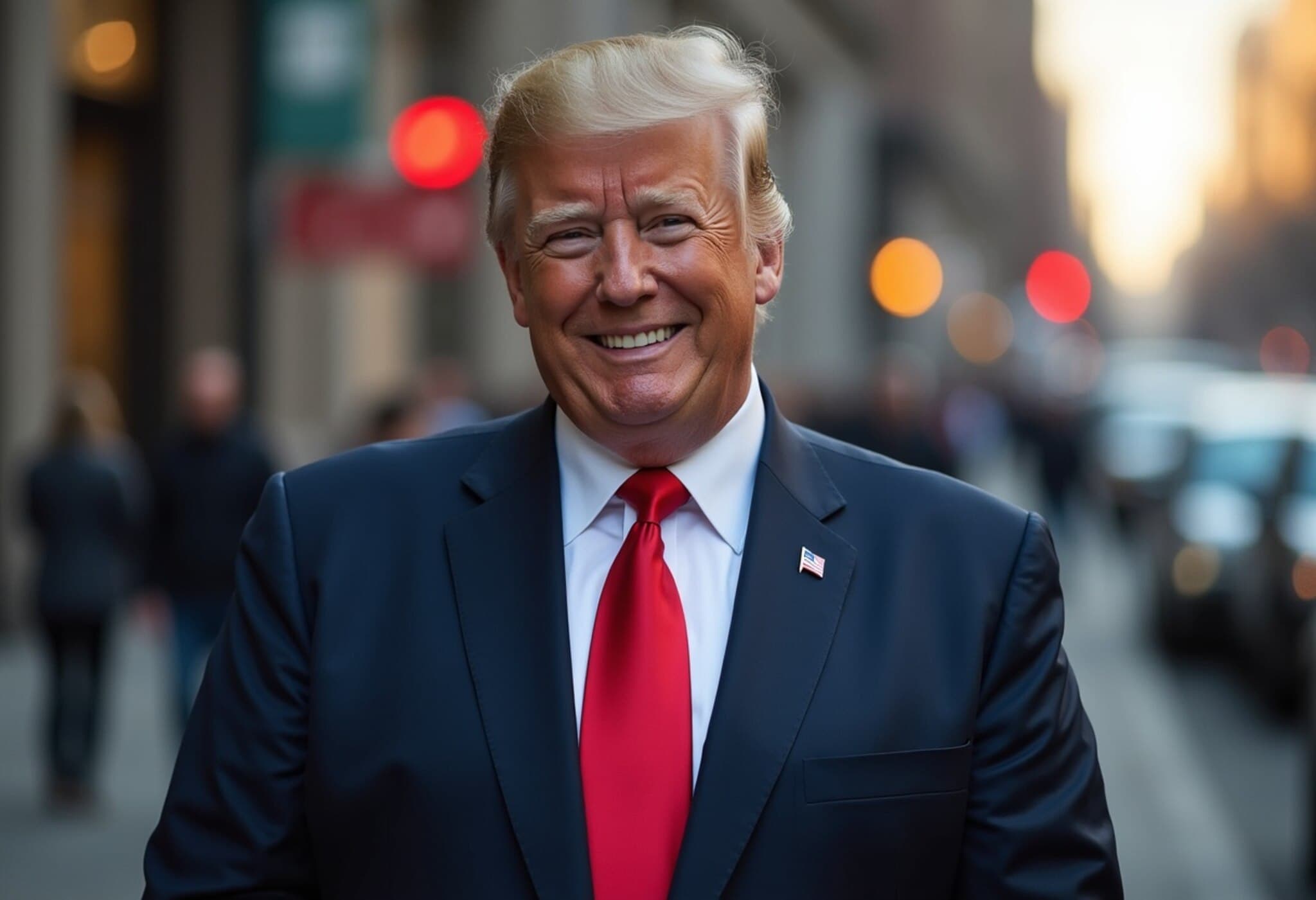Russia Unleashes Over 700 Drones in Unprecedented Attack on Ukraine
In a dramatic escalation of the ongoing conflict, Russia launched a staggering assault involving more than 700 attack and decoy drones against Ukraine overnight, aiming to overwhelm Kyiv’s air defense systems and disrupt critical Western military aid. Ukrainian officials characterized this as the largest drone barrage since the war began, underscoring Moscow’s intensifying aerial strategy as the conflict stretches into its fourth year.
Strategic Targeting of Western Military Supply Routes
The western Ukrainian city of Lutsk bore the brunt of the attack. A key military hub near the Polish border, Lutsk hosts airfields essential for the reception and distribution of Western weaponry to Ukrainian forces on the front lines. President Volodymyr Zelensky highlighted the significance of this assault, noting that it was a calculated move by the Kremlin aimed at severing Ukraine’s vital supply chain as peace talks have stalled.
“The Kremlin is sending a clear message,” Zelensky said, emphasizing the urgency for international allies to bolster support and sanctions.
Details of the Attack and Ukrainian Defense Response
The overnight onslaught combined 13 missiles and 728 drones—both attack and numerous decoys designed to saturate defenses. This follows a series of massive drone attacks, including 550 drones launched just days prior. Ukrainian air defenses managed to shoot down nearly 300 drones and several missiles, while an additional 415 drones were lost due to jamming and electronic interference, demonstrating Ukraine’s growing capability to counter these sophisticated strikes.
Despite defensive efforts, casualties occurred across multiple regions, including one fatality near Khmelnytskyi and injuries recorded in Kyiv. In response to the proximity of attacks near its borders, NATO member Poland elevated its military alert level and scrambled fighter jets as precautionary measures.
Russia’s Ground Offensive and Geopolitical Context
Simultaneously, Russian forces have renewed pressure on a vast 1,000-kilometer frontline where Ukrainian troops face strains from prolonged combat. The surge in aerial and ground campaigns reveals Russia’s determination to secure territorial gains.
Adding layers of complexity, former US President Donald Trump commented on the geopolitical ramifications, expressing dissatisfaction with President Putin’s intransigence in ceasefire talks and advocating for increased US arms support to Kyiv. After a brief pause, the US has resumed shipments of key munitions, such as 155mm artillery shells and precision-guided rockets (GMLRS), vital for Ukraine’s defensive operations.
Ukraine’s Technological Strides and Western Support
Ukrainian forces have not remained passive. The country has enhanced its development of interceptor drones designed to neutralize Russian Shahed drones, showing growing domestic innovation supported by Western partners. This push for technological self-reliance is crucial given intelligence assessments that anticipate Russia potentially ramping up drone attacks to as many as 1,000 drones per night.
Western think tanks like the Institute for the Study of War note that Russia is scaling its drone manufacturing to meet tactical combat needs, signaling a new phase of drone-driven warfare on the Eastern European battlefield.
The Impact on Russian Border Regions
The conflict’s toll is not confined to Ukraine. The Russian border region of Kursk suffered casualties from Ukrainian drone strikes, including the tragic death of a young child. Russian air defenses reported downing numerous Ukrainian drones over several regions, illustrating ongoing tit-for-tat aerial engagements across the frontline.
What This Escalation Means for the Future
The intensity and scale of Russia’s drone barrage highlight the evolving nature of modern warfare, where unmanned systems play a central role in disrupting logistics and front-line operations. This shift raises critical questions about international military support for Ukraine, the resilience of its air defense infrastructure, and the prospects for peace amid continued hostilities.
Moreover, the human cost continues to mount—not just on the frontline but also among civilians caught in the crossfire, fueling global calls for renewed diplomatic efforts and stricter sanctions against Russia’s war economy.
Editor’s Note
As Russia’s drone campaigns reach unprecedented levels, it’s vital to monitor how these unmanned systems reshape combat dynamics and influence geopolitical decisions. How will Ukraine’s increasing reliance on domestic drone production and Western armed support alter the balance? And what implications do cross-border strikes have for NATO’s strategic posture? These questions are at the heart of an ever-complex conflict that continues to demand global attention and nuanced understanding.

